Strip Cropping: The Benefits of Green Stripes

Strip cropping is a farming method where farmers grow different crops in narrow, long, alternating strips across a field. This technique helps to control soil erosion because the strips of crops break the force of wind and water. Learn more about strip cropping below.
What is the process of strip cropping?
Strip cropping is like planting different crops in a series of long, narrow strips across a field. Imagine it as if you’re creating stripes of different colors with various crops. Here are the basic steps:
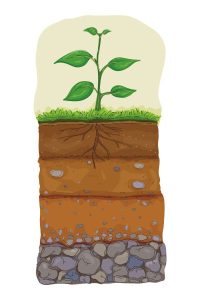
- Choosing the Right Crops: Farmers pick different types of crops that they plant next to each other. Usually, these are a mix of taller plants (like corn) and shorter, soil-covering plants (like clover or grass).
- Arranging the Strips: They plant crops in alternating strips across the field. Each strip is usually about as wide as what a tractor can handle in one pass. This way, tall plants in one strip can help protect the soil in the next strip from wind and water erosion.
- Caring for the Crops: Just like in any farming, producers need to take care of each type of crop according to its needs. This includes watering, fertilizing, and protecting them from pests.
- Rotating Crops: In many cases, farmers change what crops they plant in each strip from year to year. This is called crop rotation. It helps keep the soil healthy and can reduce pest problems.
- Harvesting: When it’s time to harvest, farmers collect each type of crop separately. This can be a bit more work than a field with just one type of crop. But the benefits of strip cropping often make it worthwhile.
These are the most basic steps for strip planting. However, the process can differ slightly based on the environment.
Types of strip cropping
We can categorize strip farming into several types. Each is designed to address specific agricultural needs and environmental conditions. Here are the main types:
1. Contour strip cropping

- This involves planting strips of crops across the slope of the land, following its natural contours.
- It’s particularly effective in reducing soil erosion caused by water runoff, as the contours act as barriers.
- Ideal for hilly or sloped terrain for contour farming.
2. Field strip cropping
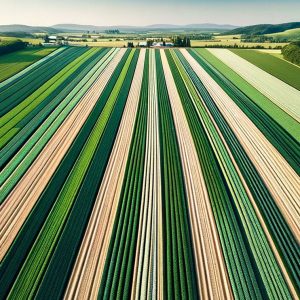
- In this method, strips are arranged in a straight pattern, regardless of the land’s topography.
- It’s more suited to flat land where contouring isn’t necessary.
- The primary goal is to diversify crops and reduce the risk of pest and disease outbreaks.
3. Buffer strip cropping
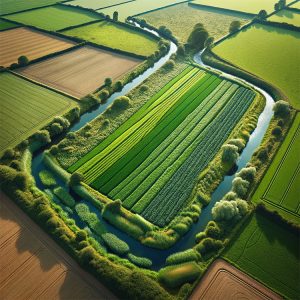
- Buffer strips are narrow sections of land planted with permanent vegetation, placed between regular crop strips.
- They help to trap sediment, nutrients, and pollutants, acting as a protective barrier for water bodies.
- Often used near rivers, streams, or drainage areas to prevent water contamination.
4. Wind strip cropping
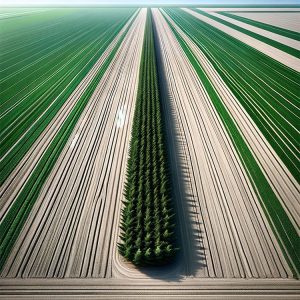
- Designed to reduce wind erosion, this method involves planting tall crops in strips to act as windbreaks.
- It’s effective in areas with strong winds, where soil erosion can be a major issue.
- The windbreaks slow down the wind speed over the land, protecting the soil and other crops.
5. Rotational strip cropping

- This involves rotating the crops in each strip over successive years.
- By changing what’s planted in each strip, farmers can improve soil fertility and reduce pest and disease problems.
- It combines the benefits of crop rotation with those of strip cropping.
Each type of strip cropping has its specific advantages. It’s chosen based on the local environment, soil type, climate, and the farmer’s objectives. By selecting the appropriate method, farmers can effectively manage their land resources.
Is strip cropping good for the soil?
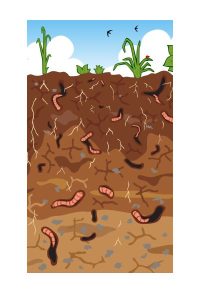
The main reason that farmers use strip cropping is that it helps prevent soil erosion. Because the different strips of crops slow down water and wind, it reduces the amount of soil they can carry away.
There are also some added benefits to this. By growing different types of crops side by side, strip cropping increases soil fertility. Each crop adds nutrients back into the soil. This helps maintain soil moisture, as some crops in the strips provide shade and reduce water evaporation from the soil.
Finally, strip cropping reduces the risk of soil compaction because the varied root systems help keep the soil loose and aerated. This can also encourage beneficial microorganisms in the soil, which is essential for healthy soil ecology.
Advantages and disadvantages
Here’s a table outlining the advantages and disadvantages of strip cropping:
| Advantages of Strip Cropping | Disadvantages of Strip Cropping |
| 1. Reduces Soil Erosion: Helps prevent soil erosion by wind and water due to alternating crop rows that break the flow. | 1. Complex Planning: Requires careful planning and management, as different crops have different needs. |
| 2. Increases Soil Fertility: Different crops contribute varied nutrients, improving overall soil health. | 2. Limited Crop Choices: May restrict the types of crops that can be grown together effectively. |
| 3. Pest and Disease Control: Reduces the risk of pests and diseases by disrupting their life cycles across different crops. | 3. Labor Intensive: Often requires more labor for planting, managing, and harvesting different crops. |
| 4. Improves Biodiversity: Supports a wider range of wildlife, beneficial insects, and microorganisms in the soil. | 4. Potential Yield Impact: Some crops might yield less due to competition for resources or shading by taller crops. |
| 5. Water Conservation: Helps retain soil moisture, reducing the need for extensive irrigation. | 5. Equipment Limitations: Specialized or additional farming equipment may be needed to handle different crops. |
| 6. Landscape Diversification: Enhances the aesthetic and ecological diversity of the farming landscape. | 6. Economic Considerations: Might not be as economically beneficial for certain crops or in certain market conditions. |
The table above provides a balanced view of the benefits and challenges associated with strip cropping. It also highlights its role in sustainable agriculture and considers its implementation.
Strip Farming in Agriculture
In conclusion, strip farming stands out as an environmentally friendly farming practice. The major benefits are reduced soil erosion, improved soil health, and enhanced biodiversity.
However, its implementation requires careful planning. Farms must also show a willingness to adapt to more labor-intensive methods and diverse crop management.
Ultimately, strip planting presents a promising approach for farmers. They can balance productivity with environmental stewardship in the pursuit of sustainable agriculture.





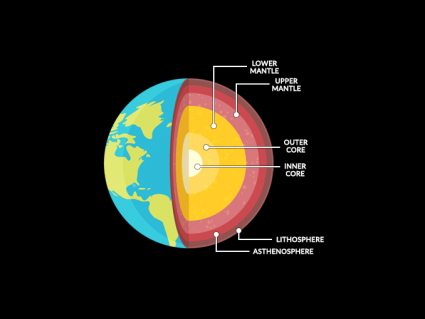

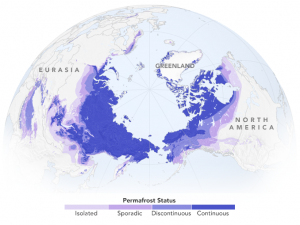





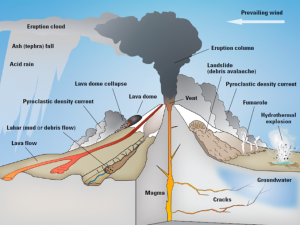

Here’s a local farmer in Geauga County requesting information for strip farming for wildlife.